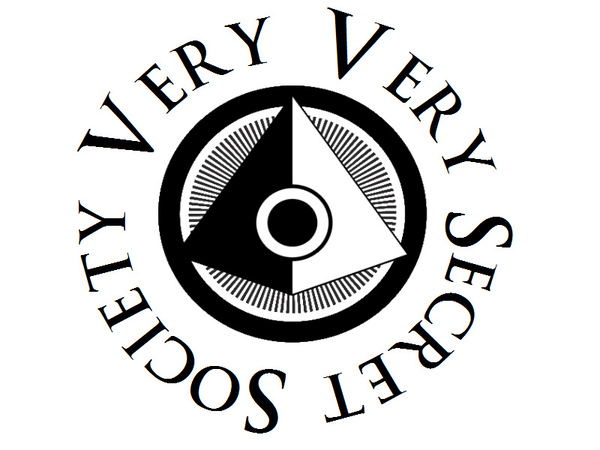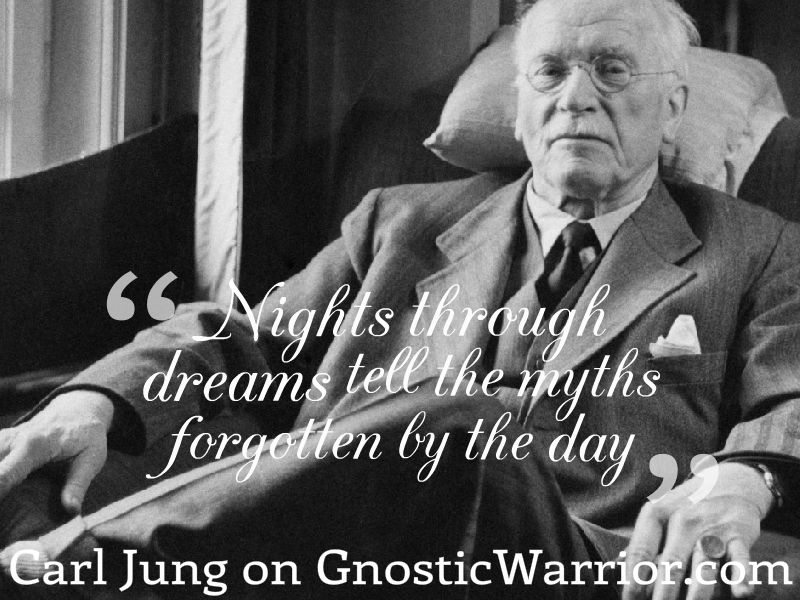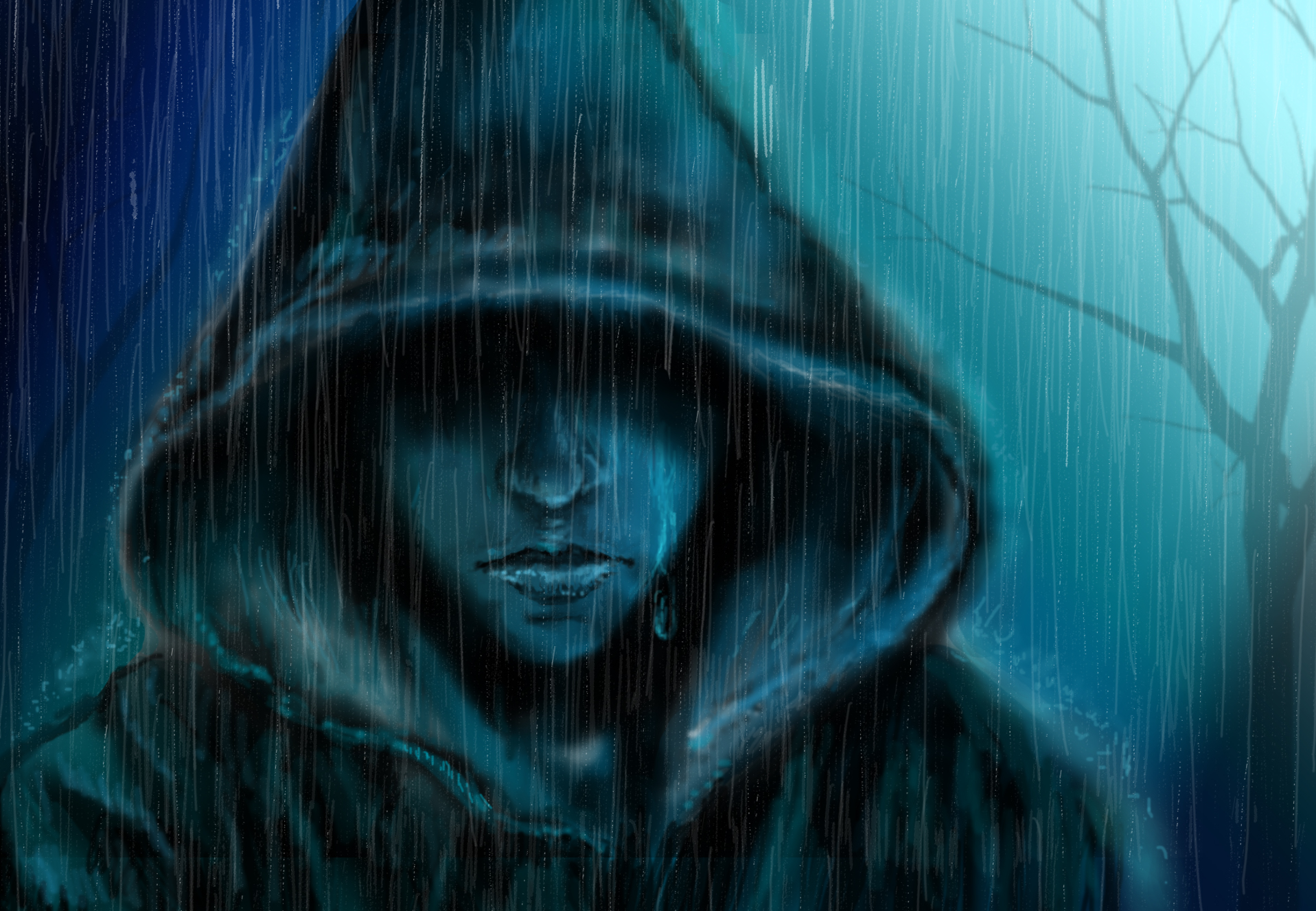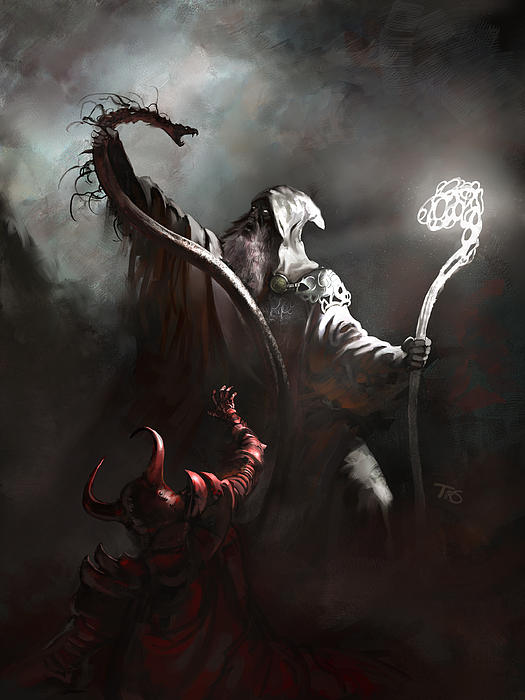A little known mysterious secret society that had originated in Germany in the 18th century was known as the “African Master  Builders.” They also called themselves the Jedile Architects, or Master Builders. The order was founded in approximately the year 1765, by Von Kopper, in Berlin, Germany.
Builders.” They also called themselves the Jedile Architects, or Master Builders. The order was founded in approximately the year 1765, by Von Kopper, in Berlin, Germany.
Their teachings and degrees were said to be styled after the Rosicrucians and candidates were to be men of science or artists, who had to prove their skills before admittance. They had also allowed Freemasons admittance into their super secret society.
Shortly after they had formed, many of the African Master Builders were said to have had come to England with Prince Edward, son of Henry III, and later they were invited to Scotland by King Stewart.
In Scotland they were granted property and were allowed to abide by the ancient customs of the Brotherhood. Their chief archives were in Switzerland, a location that was never to be revealed.
It is interesting they call themselves the Jedile Architects, or Master Builders. A recent article I had written, Jedi Knights, connects King Solomon to this name Jedile. The name Jedi (Djedhi) is derived from the Hebrew (Phoenician) name Yedidya, or more commonly Jedidiah- meaning beloved of the Lord, friend of God. In the bible from Samuel xii. 24 we learn that the proper name of King Solomon was Jedidiah and he was the builder of Solomon’s Temple.
In Ancient Rome, there were also Jediles. They were the Roman magistrates who were either plebeian or curule. In the time of Julius and Augustus Caesar, the Jediles had taken care most everything in Rome and were in charge of all religious ceremonies, the temples and in particular, of Ceres.
They were also in charge of the people, food, baths, porticoes, aqueducts (water), sewers, and roads of the city. They are who we call judges today and some of the most powerful people in all Ancient Rome. They had the power to sentence people to jail, fines, death, and even banish people from Rome forever. Agrippa, who was a Jedile under Augustus had banished all jugglers and astrologers.
This is from the Freemasons’ Quarterly Magazine, Volume 1 1862;
“By degrees they received the protection of various kings; in Sweden, under King Ing, about 1125; in England, under Richard Coeur-de-Lion, about 1190; in Ireland, under Henry II., the father of Richard, about 1180; and in Scotland, under Alexander III., who lived in the same time as St. Louis, about 1284.”
The Secret Societies of All Ages and Countries, Volume 2 By Charles William Heckethorn
“African Architects.—Add: ‘A few additional details on the “African Architects” may not prove uninteresting. The Order was divided into two sections, the first of which comprised five degrees: (1) The Apprentice of Egyptian secrets, called Menrs Musa.; (2) the Initiate into j£gean secrets ; (3) the Cosmopolitan ; (4) the Christian Philosopher ; (5) the Aletophile, or Lover of truth.
The second or inner section of the Order comprised : (1) Armiger, who was told what Fos BraederLaw and the word Giilde signified ; (2) Miles, who was informed that the letters G and L did not mean geometry and logic, but were the initials of the founder of the Order ; (3) Equcs, or knights, who were invested with a ring they wore on the finger of the right hand, or on the watch. The ring was formed of gold love-knots, and the letters R.S.”
Usually the members called themselves Jediles or Architects, because architecture was the science they most pursued. Their mathematics consisted in producing clever variations of the triangle, square, and number X. At their meetings they spoke Latin; all their books were bound in red morocco, with gilt edges. Their chief archives were at a place in Switzerland, which was never to be revealed, and which, among its treasures, comprised the papers of the Grand Master, George Evelyn of Wotton, in Surrey, the seat of which John Evelyn has left us an account.
The hall of initiation was either occupied by a choice library, or its walls beautifully painted. “I found,” wrote one of the members, “such a hall at N., built over a barn, and which you would never have taken for a lodge. The hall had many windows, and was adorned with statues.
There was a dark chamber, a banqueting-hall, a bedroom for travellers, and a well-appointed kitchen. Over the door of the hall stood a horse, which, when you pressed a spring, with a kick of its foot caused a fountain in the adjoining firden to play.” I was told that this lodge was built by order of rederick II.
The introducer of candidates wore a dress of blue satin; the Master sat at a table, on which were placed globes and mathematical instruments. Candidates were to be men of science or artists, who had to submit proofs of their skill. Their rules of procedure in general were formulated on those of the Academie Francaise.’

Moe is the founder of GnosticWarrior.com. He is a father, husband, author, martial arts black belt, and an expert in Gnosticism, the occult, and esotericism.

![How the Abbot Ceolfrid sent master-builders to the King of the Picts to build a church, and with them an epistle concerning the catholic Easter and the Tonsure [710 A.D.] | Book 5 | Chapter 20 How the Abbot Ceolfrid sent master-builders to the King of the Picts to build a church, and with them an epistle concerning the catholic Easter and the Tonsure [710 A.D.] | Book 5 | Chapter 20](https://www.gnosticwarrior.com/wp-content/plugins/contextual-related-posts/default.png)






